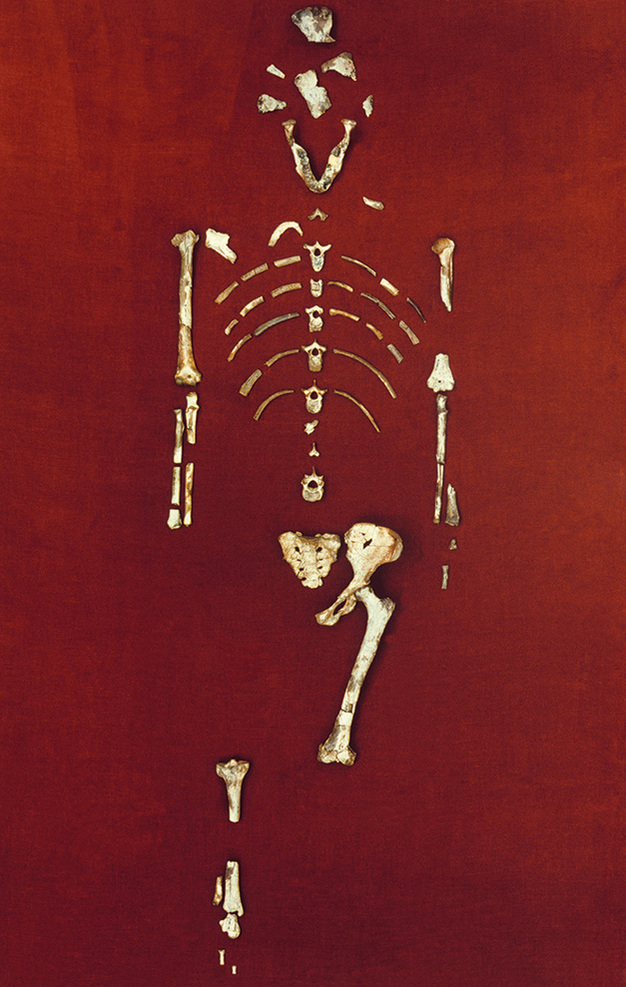ETHIOPIA: In recent years, a remarkable discovery has been made in Ethiopia – the fossilized remains of an ape-like creature that lived over 3 million years ago. This species, known as Lucy, is believed to be one of the earliest human ancestors and provides us with valuable insight into our evolutionary history.
Lucy was discovered in 1974 by paleoanthropologist Donald Johanson and his team at Hadar in Ethiopia’s Afar Triangle region. The fossilized skeleton was remarkably well preserved and provided researchers with a wealth of information about early hominids. It is estimated that Lucy stood just over three feet tall and weighed around 60 pounds when she died approximately 3.2 million years ago.
Analysis of her bones revealed that Lucy had many features similar to modern humans such as short arms, long legs, curved fingers for grasping objects, and a large brain capacity relative to body size – all traits associated with bipedalism (walking on two feet). She also had some more primitive characteristics such as small canine teeth which suggest she may have still spent time climbing trees or other activities requiring upper body strength like knuckle-walking or swinging from branches.




